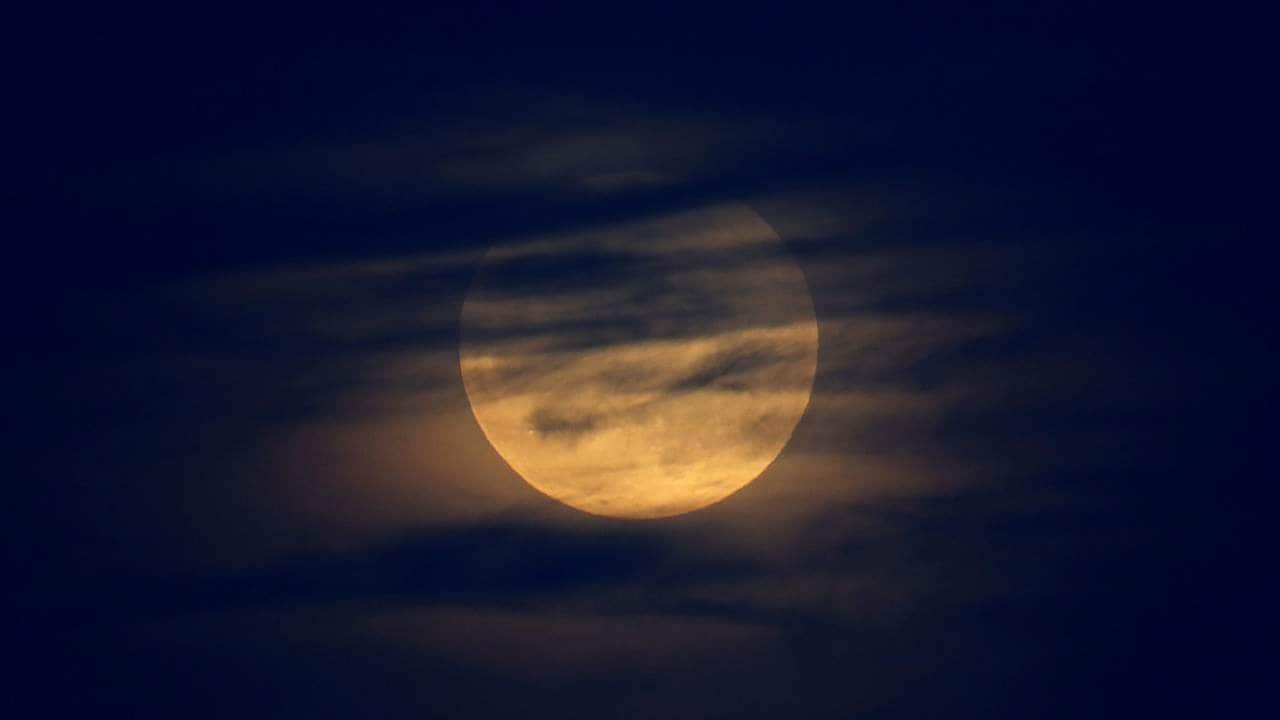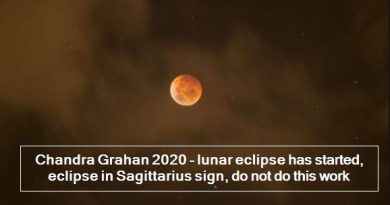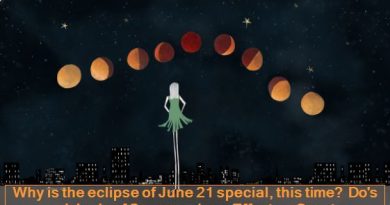Lunar eclipse July 2020: Date, Timings, and How to Watch Live Stream, All you need to know
Chandra Grahan July 5 Lunar Eclipse
This lunar eclipse will start at 11:07pm EDT on July 4 (8:37am IST on July 5) and reach its peak at 12:29am EDT on July 5 (9:59am IST on July 5).
The year 2020 has already witnessed two penumbral lunar eclipses so far. The third penumbral eclipse or Chandra Grahan of the year is all set to take place on 5 July.
The lunar eclipse will be visible across much of North and South America and Africa. During the maximum phase, the moon may turn slightly darker than usual, according to timeanddate.com.
The penumbral lunar eclipse will start at around 8.37 am IST on July 5 and will go on till 11.22 am IST. The maximum eclipse will be at 9:59 am IST. It will last for approximately 2 hours and 45 minutes.
However, it will not be visible from India as it is taking place during the day time.

A penumbral eclipse creates only a dark shading on the moon’s face.
According to NASA, a lunar eclipse occurs when the earth moves between the sun and the moon. When this happens, the earth blocks the sunlight that normally is reflected by the moon. Instead of the light reaching the moon’s surface, the earth’s shadow falls on it.
[amazon box=”B07HJ7JDCQ”]
A penumbral eclipse creates only a dark shading on the moon’s face. If the moon passes through the dark central shadow of the earth, which is also called the umbra, a partial or total lunar eclipse occurs. However, if the celestial body passes through the penumbra or the outer part of the shadow, a penumbral eclipse occurs.
There are three basic types of lunar eclipses – a subtle penumbral eclipse, a partial eclipse and a total eclipse.
Traditionally July’s full moon is called a ‘Buck moon’ because a buck’s antlers are in full growth mode this period. According to Forbes, the Buck moon eclipse will see about 35 percent of the full Moon pass into the Earth’s outer shadow and lose some of its brightness.
The last Penumbral lunar eclipse of this year will take place on 29-30 November.
July 4 will mark the third lunar eclipse for 2020. People in certain regions will be able to witness penumbral lunar eclipse, also being referred to as a “buck moon” lunar eclipse. It also coincides with the US Independence Day which is good news for US residents as they are among the people who will get to witness this celestial phenomenon. The first lunar eclipse of 2020 was in January, followed by the second in June, making it the third lunar eclipse for the year. Unfortunately, people in India will not be able directly see the eclipse.
Lunar eclipse July 2020: What is a penumbral lunar eclipse?
A penumbral lunar eclipse (upchaya chandra grahan in Hindi) is when the Earth blocks some of the Sun’s light from directly reaching the Moon and the outer part of the Earth’s shadow, called the ‘penumbra’, covers all or part of the Moon. This type of eclipse is harder to spot as the penumbra is fainter compared to the dark core of the Earth’s shadow called ‘umbra’. Because of this, a penumbral lunar eclipse is sometimes mistaken as a full Moon.
As per NASA, as there will be a full moon at 12:44am EDT on July 5 (10:14am IST on July 5) and will be the first full Moon of summer (US), the Algonquin tribes used to call this full Moon the Buck Moon.
[amazon box=”B01AC0J3JG” “small”]
When will the lunar eclipse occur?
As per data by TimeandDate, the lunar eclipse will start at 11:07pm EDT on July 4 (8:37am IST on July 5) and reach its peak at 12:29am EDT on July 5 (9:59am IST on July 5). It will last for 2 hours and 45 minutes after which the lunar eclipse will end at 1:52am EDT on July 5 (11:22 am IST on July 5).
Who will be able to witness the lunar eclipse?
Unfortunately, this lunar eclipse of July 4-5 will not be visible in India. However, people in much of North America, South America, South/West Europe, much of Africa, Indian Ocean, Pacific, Antarctica, and Atlantic will be able to witness it.
How to watch the July 2020 lunar eclipse?
The penumbral lunar eclipse, and other such celestial events are often streamed on popular YouTube channels including Slooh and the website Virtual Telescope. If you live in one of the regions where this lunar eclipse will be visible, you should be able to watch it without any special equipment.




